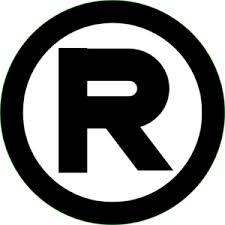Trademark registration is always a hot topic with my clients. If you’re an entrepreneur, oftentimes you think you should figure something out by yourself to save money and just so you “know” how to do it. I do not believe in fear-mongering my clients, but trademark DIY is one area where you can get yourself into a whole heap of trouble.
There are a number of fine nuances involved in trademark law. First, there is the trademark search. A thorough search needs to be done to determine whether there is already a business out there with a same or similar name registered. Where does one search? In short, everywhere. Start with TESS, the federal database. A comprehensive, general search also needs to be done. Start with google, check your state trademark database and corporation name database.
After you search and conclude that no one is yet using your proposed name in your same category of goods or services, it’s time to start thinking about what kind of application you will submit. There is an actual use basis or an intent-to-use basis. What’s the difference? Well, luckily the folks at PTO are pretty literal, so the difference is exactly how it sounds. Actual use means you have actually been using the mark in connection with your goods or services. Intent-to-use means you have not started using it, but have a bona fide intention to do so. Each basis has different requirements in terms of what you need to submit to show your mark. Intent-to-use has some additional fees and paperwork to be completed.
Then, you’ll need to choose which class or classes of goods or services your mark falls into. Also, is it a design mark or plain word mark? You’ll need to prepare a specimen to submit. Make sure it complies with any file format requirements and properly shows the mark.
Is your head spinning yet? Don’t you have better things to do, like running your business? Money spent for an attorney to handle your application is money well spent and allows you to focus on getting more business. Still want to go it on your own? Be prepared to reply promptly to any action letters from USPTO. What’s an action letter? Hint: it’s definitely time to call an attorney!
TM DIY AYOP (trademark Do-It-Yourself at your own peril)

